F.I.S.T. Bike Fit Workshops Resume in May
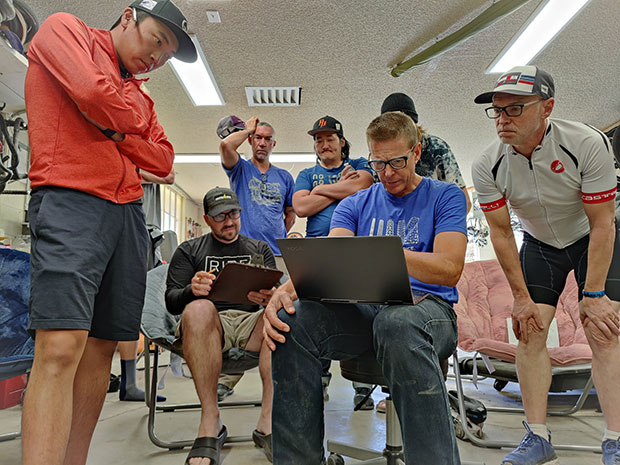
We set the choke and pulled the starter rope on our F.I.S.T. Bike Fit Workshops last November, after our COVID hiatus. We adopted a cautious approach to our spring workshop because Omicron did its thing over the winter. We’re back on, as it appears we’re on a good public health path, May 16th thru 20th, Monday through Friday, a little later than our typical spring workshop. Registration is here.
What happens at these workshops? Who are our attendees? (And stuff.) I will try to answer.
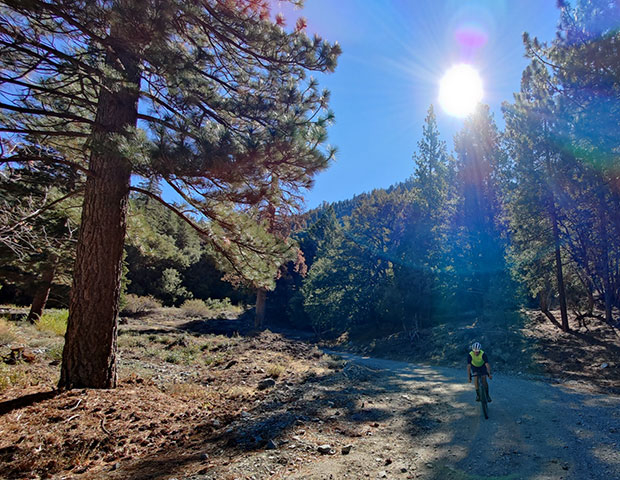
As to what happens, there is a lot of education and a lot of bike riding. The bike riding happens because of where we are. Other than bike fit workshops there’s not too much going on here except running and riding bikes. (Which is why we live here.) The bike riding is not mandatory, but rides occur every day during the workshop.
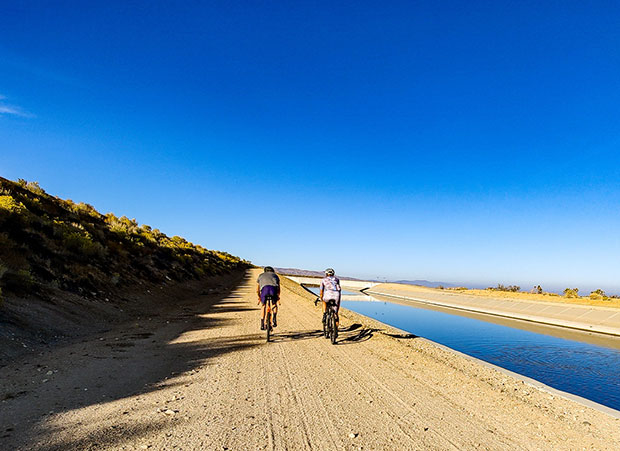
These rides occur aboard your own bike you bring, or gravel bikes you borrow from the workshop host. We have a size run of OPEN WI.DEs, outfitted with SRAM 1x mullet AXS eTap Rival/Eagle with HED 650B Emporias as 53mm tires (apropos for our gravel). All levels welcome. Now, as to the workshops…
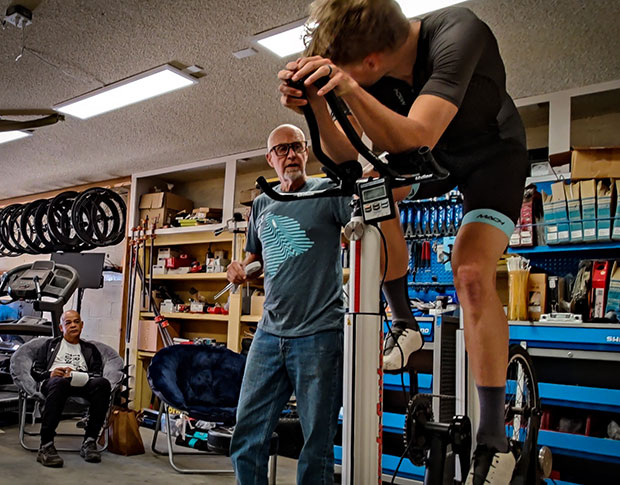
When I was a bike maker, and we would host our Road Shows back in the 1990s, one thing stuck out: how much you all really, badly, felt you needed to be better position aboard your bikes. (And in most cases you were right; you did need that.) The landscape for bike fit, especially for tri, was pretty-well barren. So, when I exited the manufacturing industry and started Slowtwitch, and moved up here to create The Compound (see map below), my first initiative was to make a bike fit system for triathlon, with a school attached.
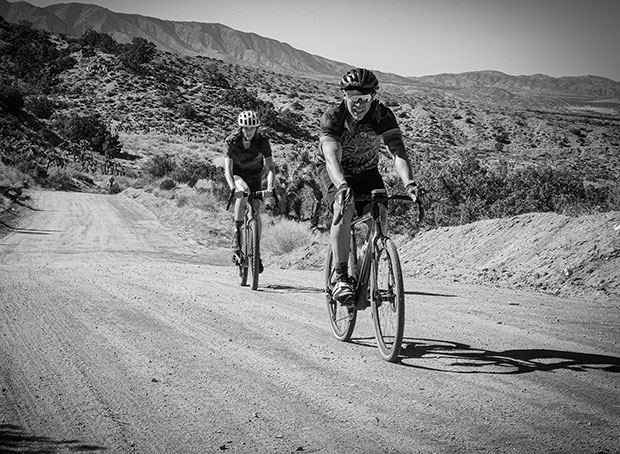
For the first year I focused on two things: A protocol for determining a rider’s fit coordinates (where your saddle and handlebars should be relative to the bottom bracket); and tools (like a fit bike) to make it easier and quicker to get accurate fit coordinates. In year-2 I turned my attention to a second problem: prescription. Once we got a rider into a successful position (comfortable, efficient, aerodynamic), what make and model of bike is that? What geometry? What size? What front end configuration?
For that, our industry needed a new set of metrics and if you click here you’ll see the very first article written, in 2003, describing two new metric: stack and reach. With these metrics we could accurately describe the length and height of a bike, for fit purposes.
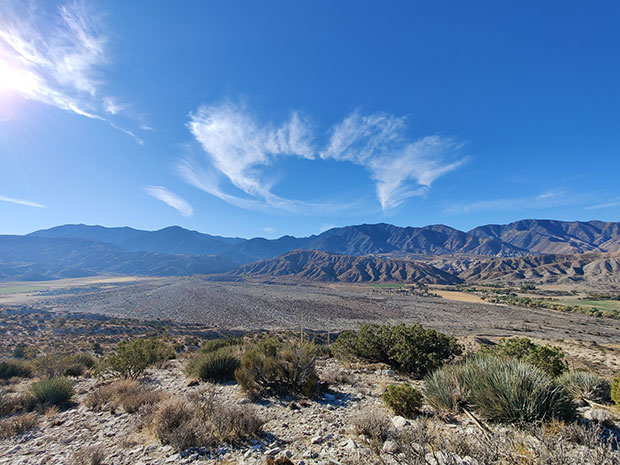
Once this was all done two things occurred to me. First, that I had been mistaken. I’d thought that “dynamic fit” was an actual thing, already in existence. “Dynamic bike fit” is any system where your fit coordinates are achieved as you ride the bike, with your pedaling dynamics, and work under load. Pedaling as you're getting positioned is an integral part of the process of achieving those coordinates, according to us. In point of fact, there really wasn’t such a protocol in existence. We sort of invented dynamic bike fit without knowing we were doing so. Since then a number of dynamic protocols have arisen, which include Retül and GURU.
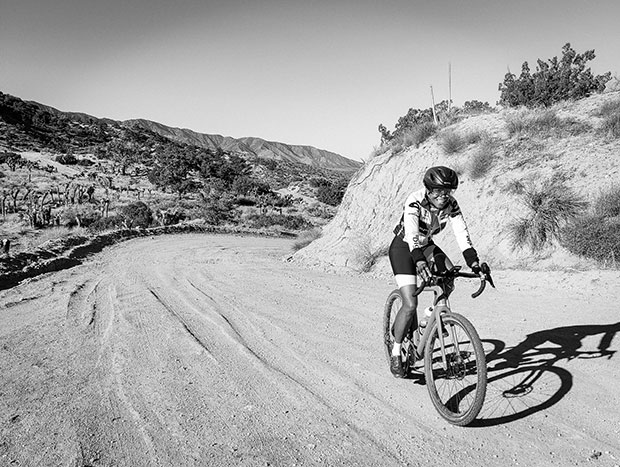
Second, I’d created a system for tri, but there was no corresponding system for road. While it took several years to develop a tri bike system, adapting the F.I.S.T. system for road took about 3 weeks.
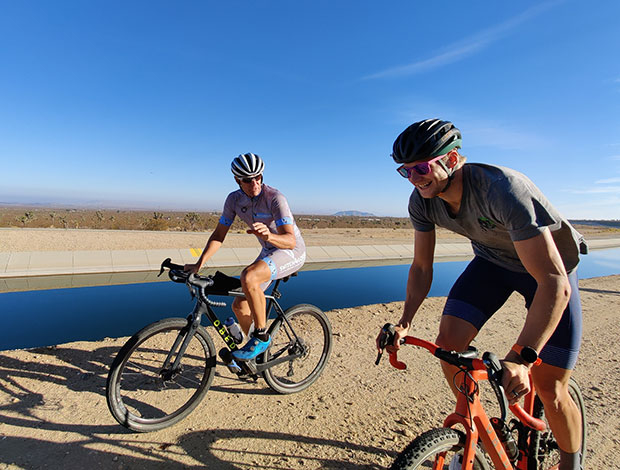
So, there you go, that’s the system, and what’s what we teach here. But every workshop builds on the last, and we’ve had to adapt every time we learn something new, or when bike makers confound our processes by making bikes that just don’t heel to our system’s practical mechanics. For example, the F.I.S.T. system allows you to precisely calculate the frame, stem length, stem pitch needed to achieve a set of fit coordinates. But what do you do for bikes that have the stem and handlebar all made of one piece? (We have a workaround for that.)
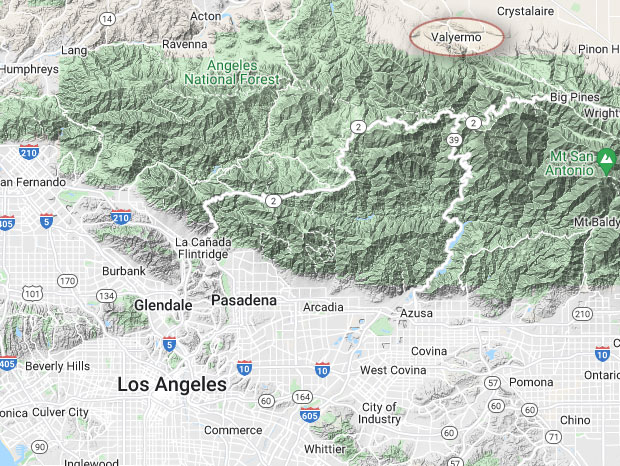
On Monday and Tuesday we teach road bike fit. On Thursday and Friday morning it’s tri bike fit. Friday is elective. It’s mostly practice-makes-perfect (people taking turns fitting and getting fit, to get the protocol down). A lot of folks peel off during Friday to catch flights out. Some remain and fly out Saturday.
Wednesday is a drilldown on specific brands. We teach short modules on Canyon, Quintana Roo, Speedplay, and other brands, equipping fitters with what they need to know specifically on how to intersect with these brands that fitters are faced with routinely. These are optional modules; fitters can sit for those drilldowns important to them. Below is an image taken during the Speedplay module, and this May will be the first of these where we teach both Speedplay proper; and Speedplay is a purveyor of a power meter pedal.
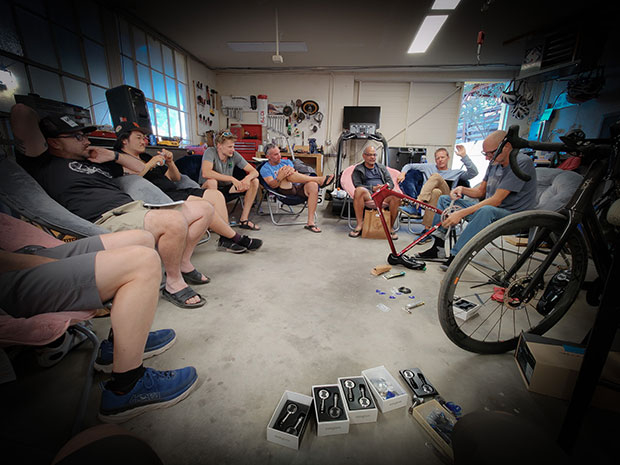
Who takes these workshops of ours? Sixty percent bike fitters. Twenty percent coaches, regardless of whether they intend to pursue bike fit as a business. The other twenty percent are designers of bikes, aerobars or saddles; physical therapists; and every now and then just an interested Joe (or Jane). Our workshops generate CEUs for most relevant organizations.
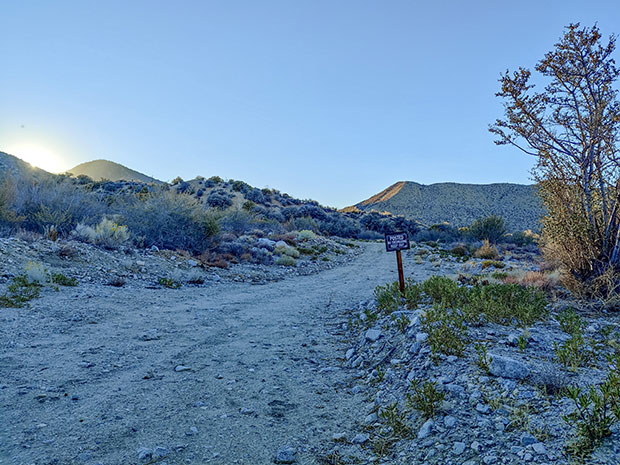
That’s it! We’ll produce another workshop in November, if COVID behaves. Our workshops cost $1,395 for the 5 days, with a $495 deposit made here. Most (but not all) attendees stay at the B&B next door. (First come, first served on the borrow of our gravel bikes. ) Something over 2,000 folks have passed through these classes since they were first produced and many of them are evident on our Bike Fitters list or on our similar list of Coaches.



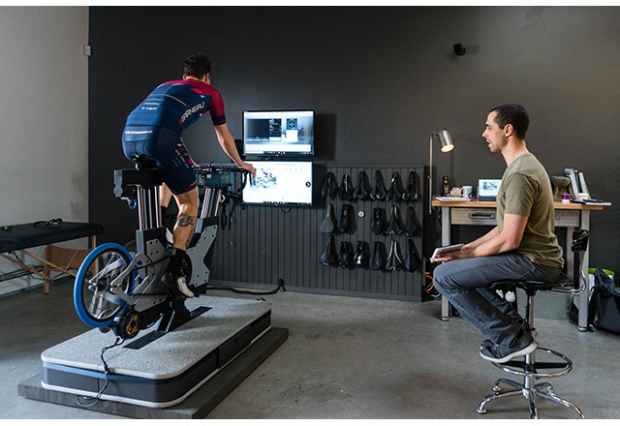
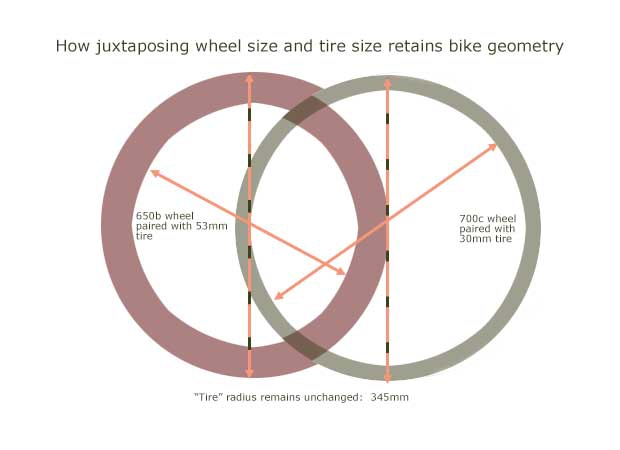
Start the discussion at slowtwitch.northend.network